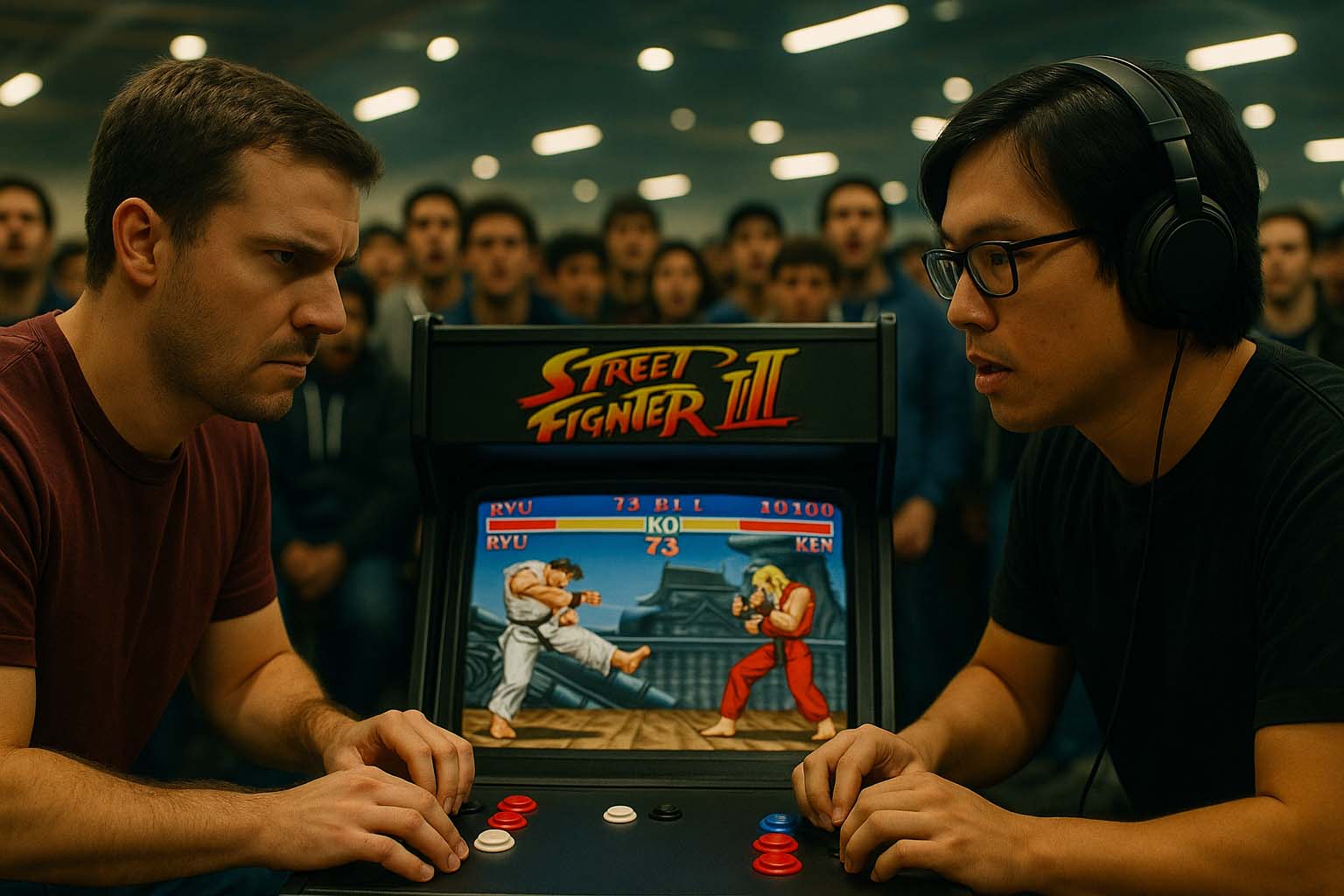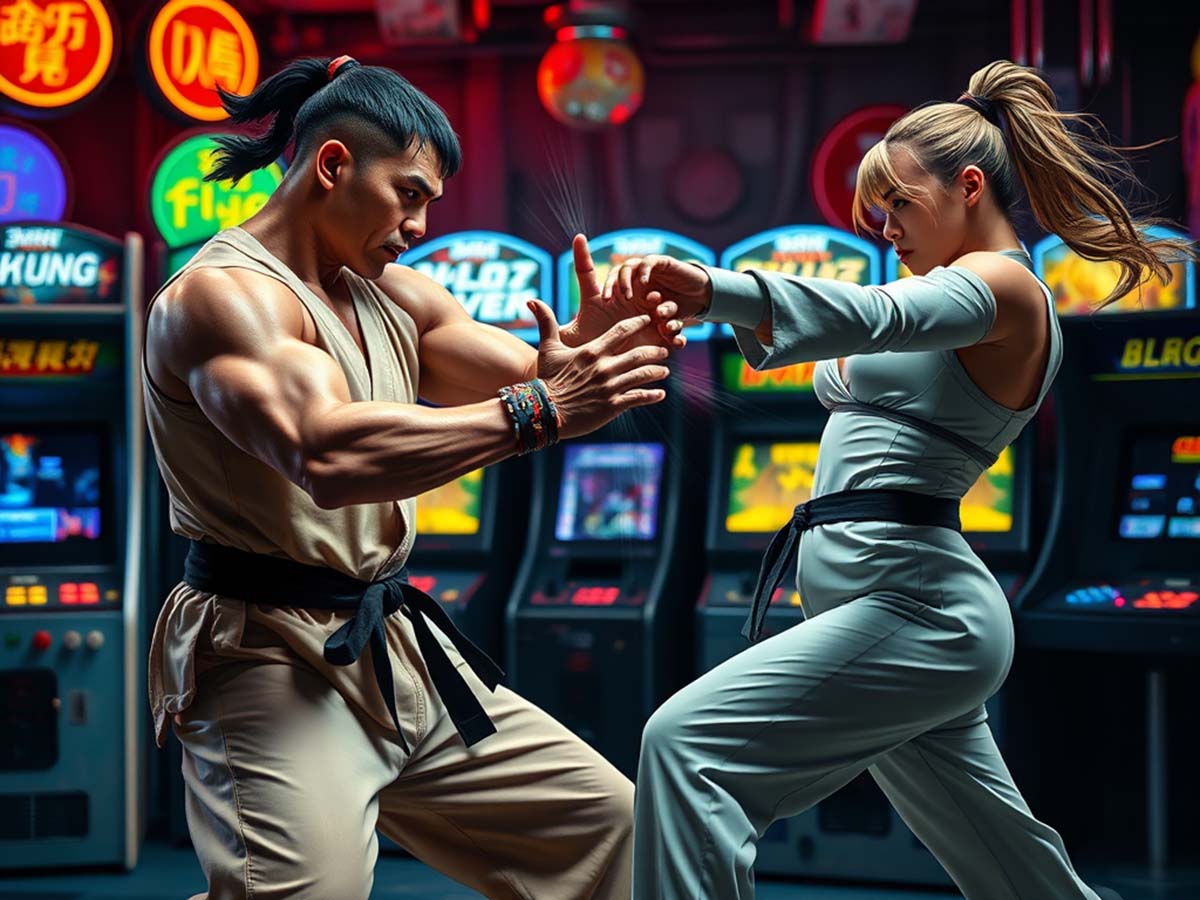Why Capcom Arcade Classics Still Resonate in the Modern Era
The click of buttons, the snap of a joystick, and the roar of friends gathered around a glowing cabinet—these are moments etched deeply into the memory of anyone who lived through the golden age of arcades. Though thousands of games now fit in a pocket, titles like *Street Fighter II* and *Final Fight* still bring joy and shared excitement. But what keeps these games relevant after more than three decades?
What Keeps Capcom Classics Alive
Capcom’s arcade cabinets didn’t just provide entertainment. They offered a new way to connect. Pulling off a hadouken with a well-timed joystick motion provided instant feedback. No lengthy menus. No learning curve too steep to climb. That simplicity welcomed players of all ages.
These titles built a culture of skill and competition that laid the foundation for many of today’s fighting games. They showcased how basic mechanics could fuel intense rivalries and memorable sessions. That culture endures, especially in communities centered on esports.
There’s also something about the way these games looked and sounded. The sharp pixel graphics, memorable soundtracks, and iconic character voices became sensory markers for an entire generation. This connection formed more than just nostalgia—it created lasting emotional ties.
Renewal Through Digital Compilations
Just a couple of years ago, *Capcom Arcade 2nd Stadium* followed the success of the original *Arcade Stadium*. These collections brought back pixel-perfect versions of classic titles like *Final Fight* and *Strider*, wrapped in downloads lighter than a modern game patch.
Despite new features like save states and rewind options, the core challenge remained untouched. Players could compete globally via online leaderboards. Whether someone played in São Paulo or Helsinki, every score became part of the same conversation.
These compilations are also preserving a part of gaming history. With so many retro machines disappearing over time, having these games officially available makes a huge difference. They’re not just fun—they’re part of an archive, accessible to anyone with a console or computer.
Online Stores Redefine Access
Access to these classics has gone global. Thanks to platforms like Steam, PlayStation Store, and Nintendo eShop, titles like *Mega Twins* reach players in Patagonia, while *Captain Commando* arrives in small towns near Cape Town.
Affordable pricing and generous bundles have reignited interest among old fans and new ones alike. This accessibility has also fostered new communities on Discord, Reddit, and more—places where fans reconnect and trace the roots of today’s combo-heavy fighters.
Gamers who never set foot in an arcade are now discovering these titles. Through seasonal discounts and curated collections, more people are trying out retro games. For some, these are completely new experiences. For others, they’re a chance to relive their youth.
Competitive Play Breathes New Life
The launch of *Street Fighter 6* in 2023 brought even more attention to the franchise. Veterans who grew up on *Street Fighter II* and mastered its quarter-circle motions now share the stage with newcomers trained on modern inputs.
At events like EVO Japan, Combo Breaker in the U.S., and Ultimate Fighters World in France, side tournaments dedicated to earlier versions remain crowd favorites. Whether it’s *Hyper Fighting* or *Super Turbo*, old-school discipline and footwork still win admiration. Many spectators discover that the spacing and timing seen in modern 3D fighters have roots in these classics.
What stands out is how these games still offer meaningful competition. The hitboxes, move sets, and damage values might look simple, but they demand strategy. Players need quick reactions, strong fundamentals, and precise decision-making. These principles haven’t changed with time.
Mini Cabinets and At-Home Setups
For some fans, emulation isn’t enough. They want to feel the weight of a real joystick. That’s why products like the *Capcom Home Arcade* and mini-cabinets from *Arcade1Up* have gained such a strong following. These home units feature original artwork and satisfying microswitch feedback.
In living rooms in Berlin or cafés in Toronto, these glowing cabinets spark the same excitement once found in bustling arcades. For collectors, the vivid sprite art has become a centerpiece—a badge of retro pride.
The act of physically pressing a button or rotating a stick adds to the immersion. Modern setups may offer convenience, but nothing beats the authentic feel of the original control panel. Some hobbyists even build full-scale replicas for their game rooms at home.
Influence in Film, Animation, and Music
Capcom’s reach goes far beyond gaming. The *Mega Man* animated series aired in over 40 countries. Music from *Street Fighter II Turbo* remix albums continues to show up in DJ sets from Barcelona to Seoul.
Even Hollywood, despite varying reviews of Capcom-licensed films, helped keep the games visible to broader audiences. In fashion, a Japanese streetwear label recently collaborated on a limited jacket featuring Ryu’s silhouette, painted by a Brazilian artist. These cross-media appearances show how deeply rooted these games are in culture.
Characters like Chun-Li, Ryu, and Guile are instantly recognizable. They’ve appeared on T-shirts, sneakers, posters, and even in food branding. This kind of visibility keeps them in the public’s mind, reinforcing their status as cultural symbols.
Global Nostalgia and Cultural Reach
Ask a gamer in London about their first perfect round, and *Street Fighter II* is often the answer. In Mexico City, it’s not unusual to spot an old cabinet beside a taqueria. In South Korea, cafés decorated with pixel art from *Ghouls ’n Ghosts* bring the past to life.
These memories bridge generations. Parents now teach children how to pull off a Dragon Punch. Through shared experience, a deeper social fabric forms across continents.
Even in places where arcades were never widespread, these games have left a mark. Through YouTube videos, Twitch streams, and influencer content, new fans are learning about these timeless titles. That continued exposure keeps them relevant long after their initial release.
Why These Games Endure
Here are just three quick reasons these arcade titles remain strong today:
**Tactile Feedback** – Every hit, jump, and block feels real due to responsive controls and memorable sounds.
**Transferable Skills** – The timing and spacing mastered in these games remain useful in modern competitive titles.
**Community Continuity** – Global leaderboards and tournament circuits ensure that newcomers and veterans still have places to gather.
Modern Challenges and Opportunities
Not everything is perfect. One concern involves input lag when playing on newer displays. Others raise the issue of preserving the original game code for future generations. In Europe, a legal initiative is working to archive arcade PCB images with developer approval.
Accessibility is also part of the conversation. Some hardware modders have created custom sticks with larger buttons and adjustable joysticks for players with motor impairments. This ensures more people can enjoy titles like *Ghosts ’n Goblins*.
Cloud streaming opens new doors. A gamer in Nairobi, without access to a console, can still chase leaderboard scores if internet costs continue to drop. As infrastructure improves, the legacy of these games becomes more inclusive.
There’s also a push to add more language support, region-based tournaments, and hybrid input options for players using modern controllers. These updates keep things fresh without changing the core gameplay.
Enduring Legacy, Reimagined
From tight corners of an arcade in Osaka to digital storefronts open on laptops in Reykjavík, one thing stays clear: Capcom’s classics still matter. New technologies rise, and global competition sharpens, but the core joys of well-designed mechanics and shared fun remain.
Every quarter circle drawn and every hadouken fired keeps alive a memory—one that shaped players worldwide. And through those moments, Capcom’s classics refuse to fade away.

